Learn how to make coriander powder (ground coriander) from whole coriander seeds with your spice grinder! Read through this informative guide to discover how to roast, grind, buy and store this floral spice.
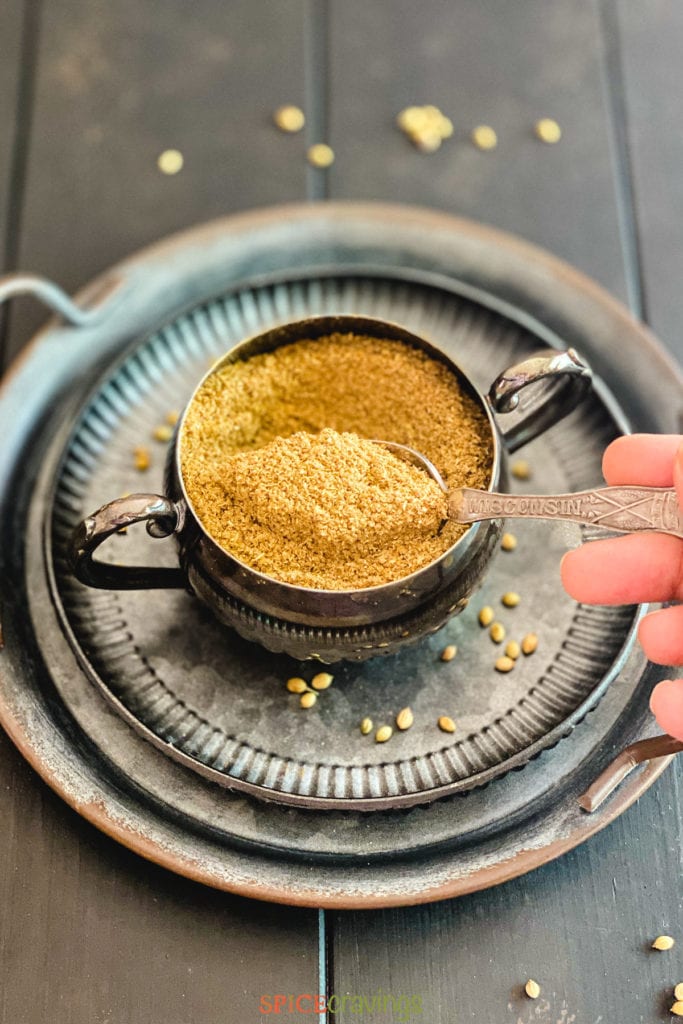
Ground coriander, or coriander powder, is a must-have in my kitchen! I use it extensively in a variety of dishes across cuisines.
I like to think of coriander as the lighthearted cousin to smokey, peppery cumin. They pair beautifully together and it's hard to find a recipe that doesn't feature the two. This combination is so popular that it even has its own name in Hindi - Dhanjeera!
Since so many of you enjoyed my informative post on cumin powder, I thought it only appropriate to share all there is to know about coriander. Let's take a look at this citrusy seed and its ground form.
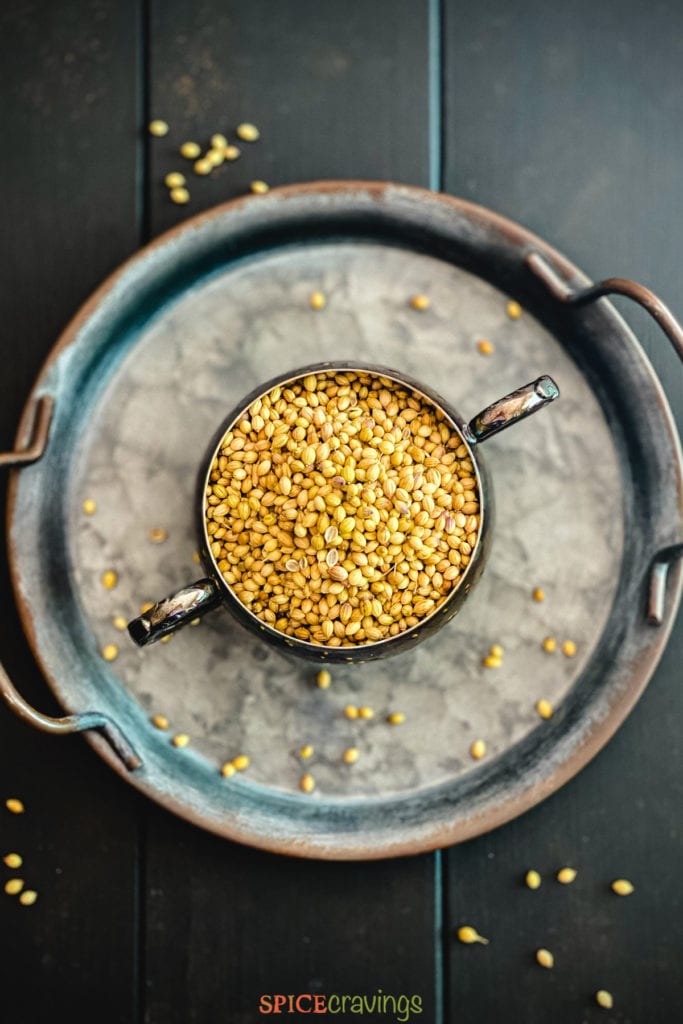
What is Coriander? What is Coriander Seed?
Coriander refers to the spice made from the round, tan-colored seeds of the plant Coriandrum sativum, a member of the parsley (Apiaceae) family.
The coriander plant blossoms and produces small white flowers and clusters of small dry fruits, commonly called coriander seeds. These seeds are harvested and used as a spice. The plant itself can grow up to 3 feet tall and the leaves are in close resemblance to parsley. The plant is native to Europe, Asia, Africa and the Americas.
The term coriander can be used to describe the entire plant - seeds, stems and leaves (but we will get to that later!). The best way to describe its flavor or aroma is nutty, floral and citrusy.
Origins of Coriander: Coriander is one of the oldest spices in the world, with records dating back to as early as 5,000 B.C. Records indicate it is native to the Mediterranean and southwestern Europe, while Sanskrit writings show the seeds were placed in Egyptian tombs. In the United States, coriander was one of the first herbs grown by American colonists in Massachusetts and distilled coriander was even used to make a type of liquor!
What is Coriander Powder?
Coriander powder, or ground coriander, is simply the ground version of whole coriander seeds. It is referred to as Dhaniya Powder in Hindi.
It can be made with or without roasting the coriander seeds. Both add a different texture and flavor to the dish. While coriander seeds are mostly used for making spice blends, pickling spices and spice pastes, ground coriander is added to curries, soups, stir fries and more.
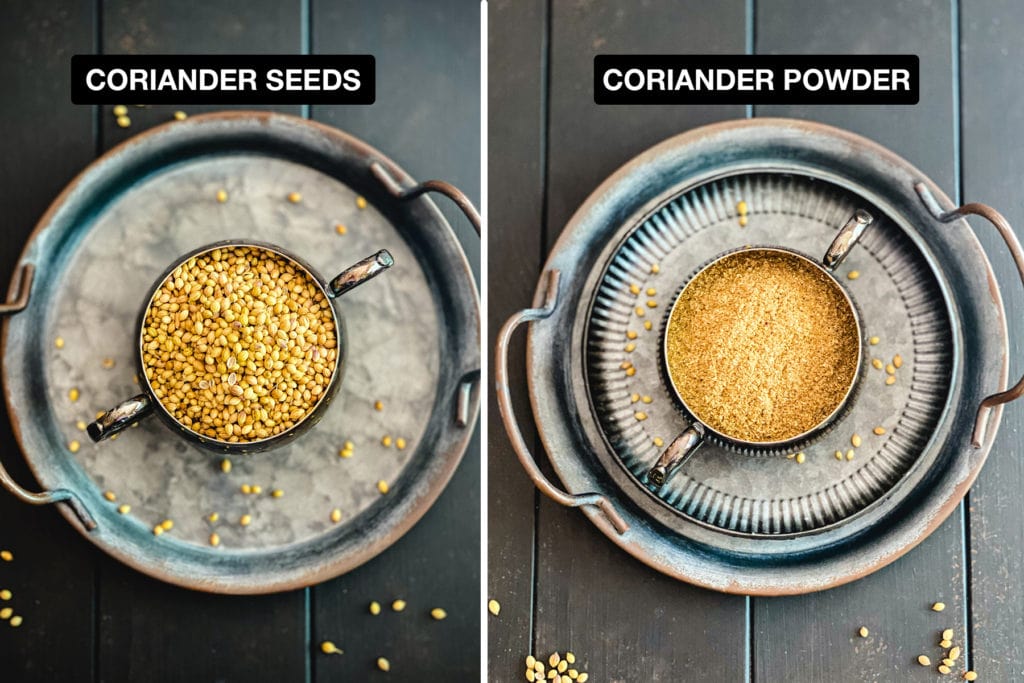
What Does Coriander Taste Like?
Coriander has a floral aroma and bright, lemony flavor. It adds a special pop of sweet citrus to any recipe. It is a mild spice that flavors the food without overpowering it.
Coriander vs. Cilantro
There is sometimes some confusion with the distinction between coriander and cilantro because the two terms are used interchangeably in other parts of the world. The name cilantro comes from the Spanish word for coriander, or Chinese parsley (I know, confusing!).
Many European recipes, for instance, use the term coriander to refer to both the spice and the herb, aka coriander seeds and coriander leaves. In the United States, however, the seeds are called coriander while the leaves are called cilantro.
Here is how I think about it:
Coriander is the seed or spice of the plant that can be used for seasoning.
Cilantro is the fresh, leafy part of the plant used for garnish and finishing touches.
Fun Fact: The name coriander comes from the Greek word koris, meaning stink bug. This is likely due to the pungent aroma given off by cilantro leaves when they are bruised.

Benefits of Coriander
According to Healthline, coriander packs a wide array of health benefits, including that it:
- May help lower blood sugar by promoting the removal of sugar from the blood.
- Is a rich source of immune-boosting antioxidants to help fight inflammation.
- May benefit heart health by lowering the "bad" LDL cholesterol.
- May benefit brain health by improving memory and reducing anxiety symptoms.
- Promotes digestion and gut health and it is good for liver function.
- Helps fight infections that cause foodborne illnesses.
- Helps protect your skin from aging and sun damage.
How to Make Coriander Powder
Coriander powder is an easy 2-step process - all it takes is a bit of roasting and grinding. Let's see how it's done. If you wish to grind it without roasting, simply skip to step 4.
Step 1: Roasting Coriander Seeds
- Heat a heavy bottom pan on medium heat on the stove for 2 minutes. Add the coriander seeds and dry roast the seeds, stirring continuously, for about 5 minutes, or until they become fragrant and slightly darker in color.
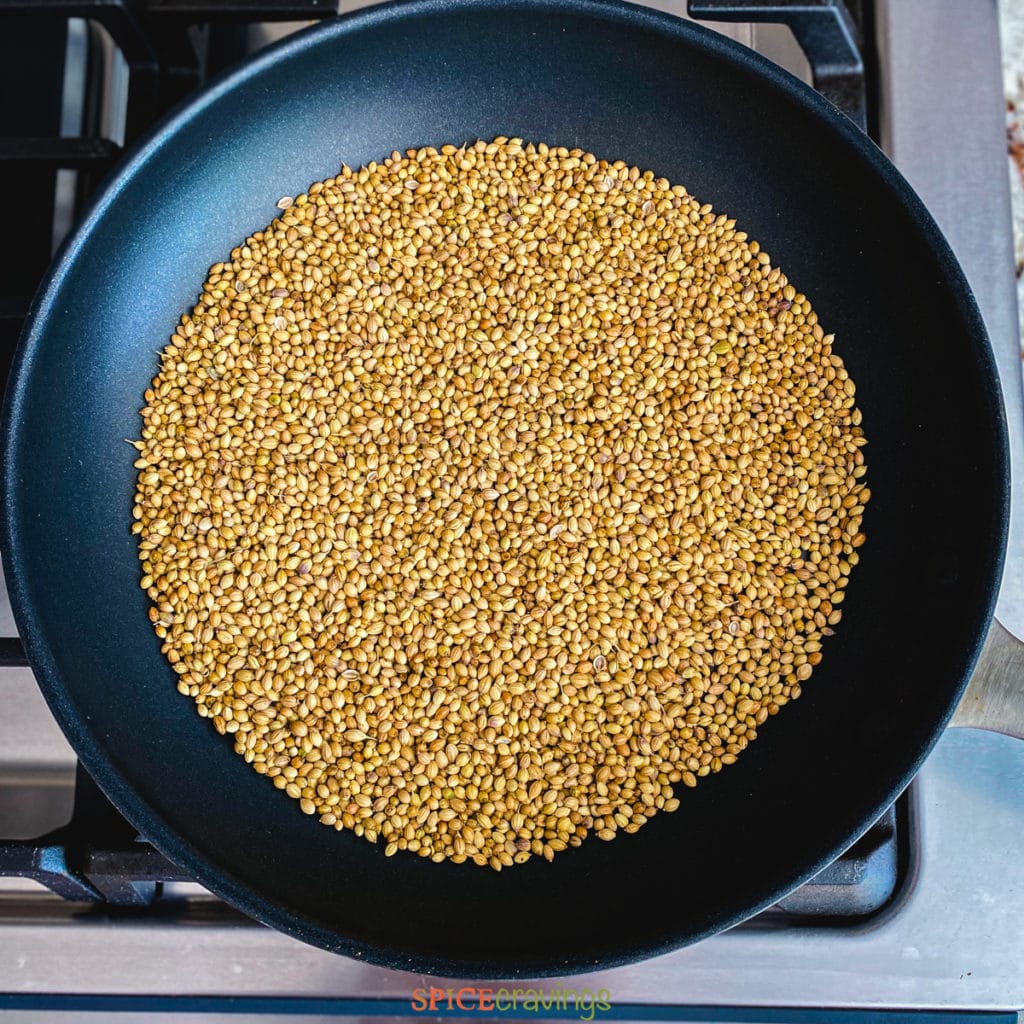
- Turn off the heat and transfer the coriander seeds to a plate to stop the cooking process. Let it cool completely for about 20-30 minutes.
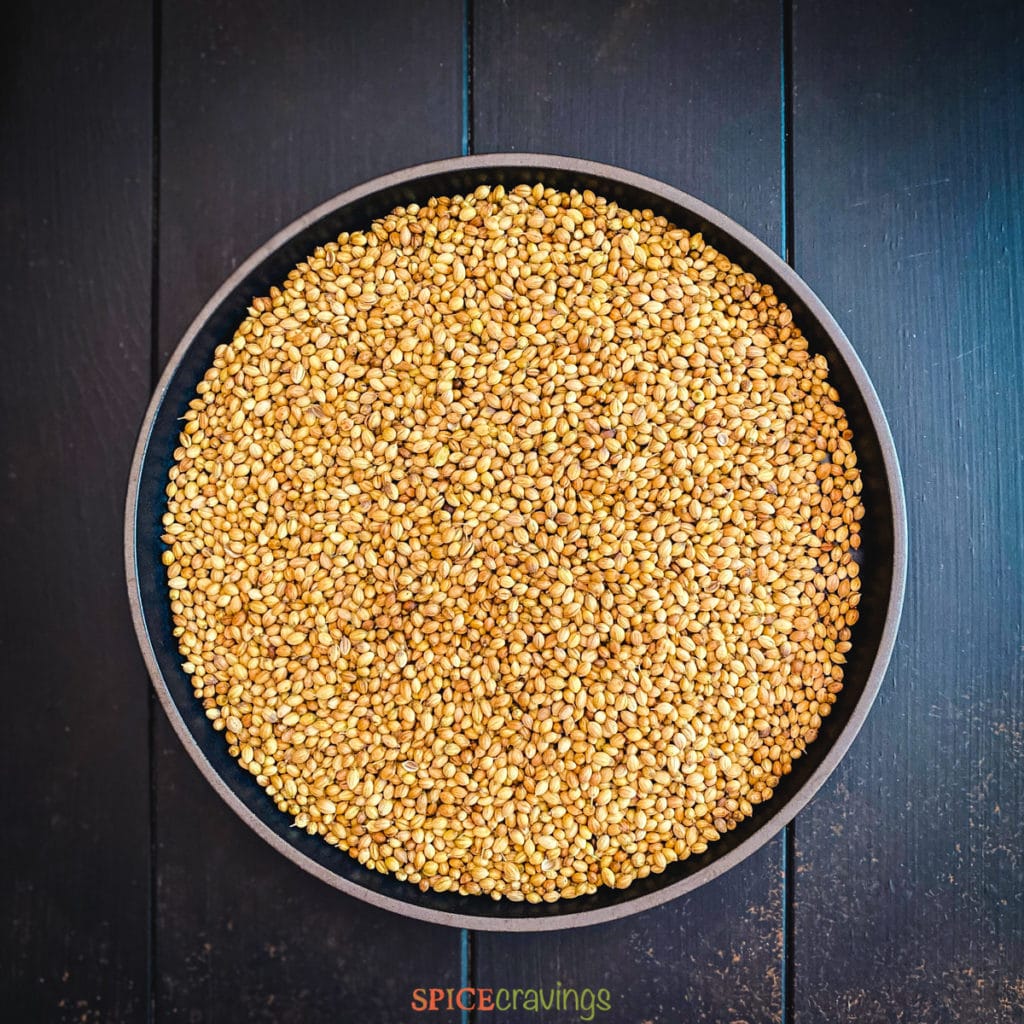
Step 2: Grinding Coriander Seeds
- Add cooled roasted coriander seeds to a coffee or spice grinder in batches. Pulse a few times, shaking the blender to prevent the powder from clumping. If needed, scrape the sides once in between.
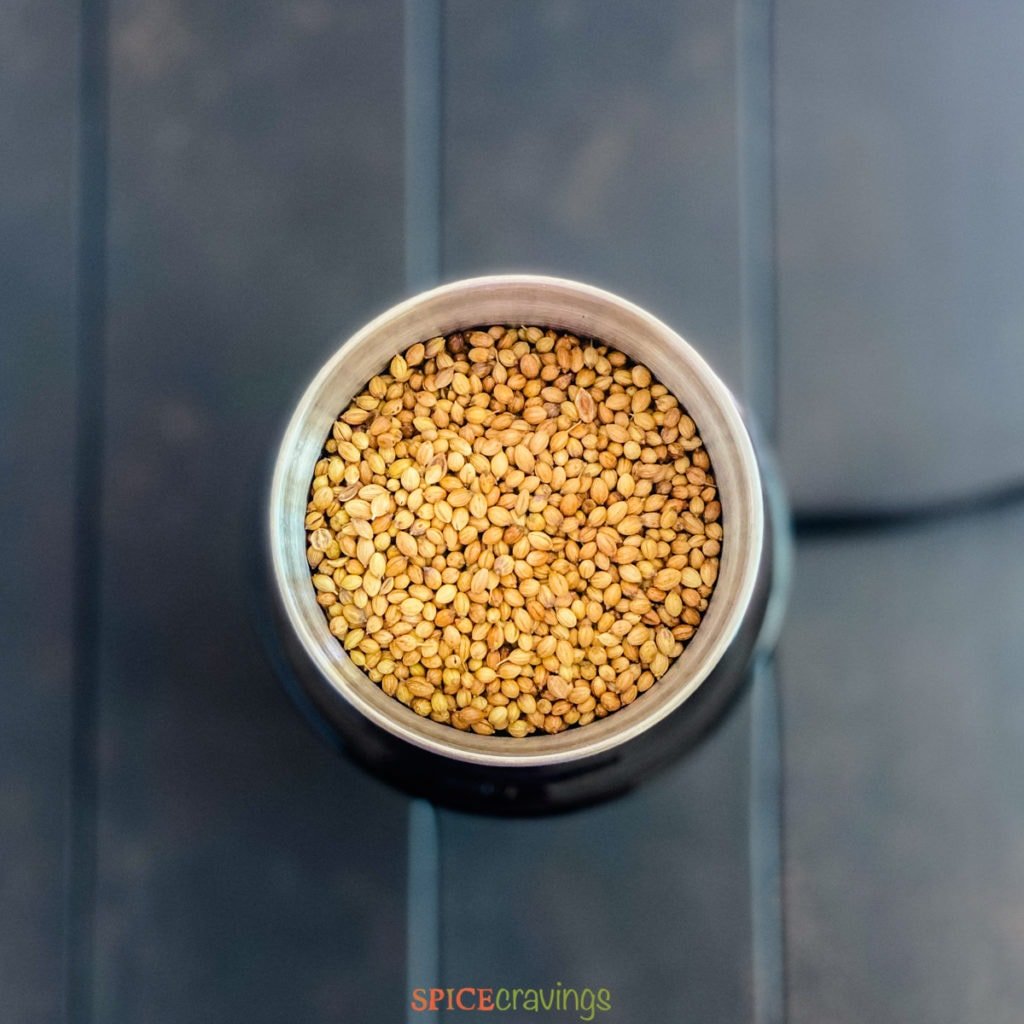
- Continue to pulse until finely ground. Store in an airtight container in a cool dry place for up to 6 months.
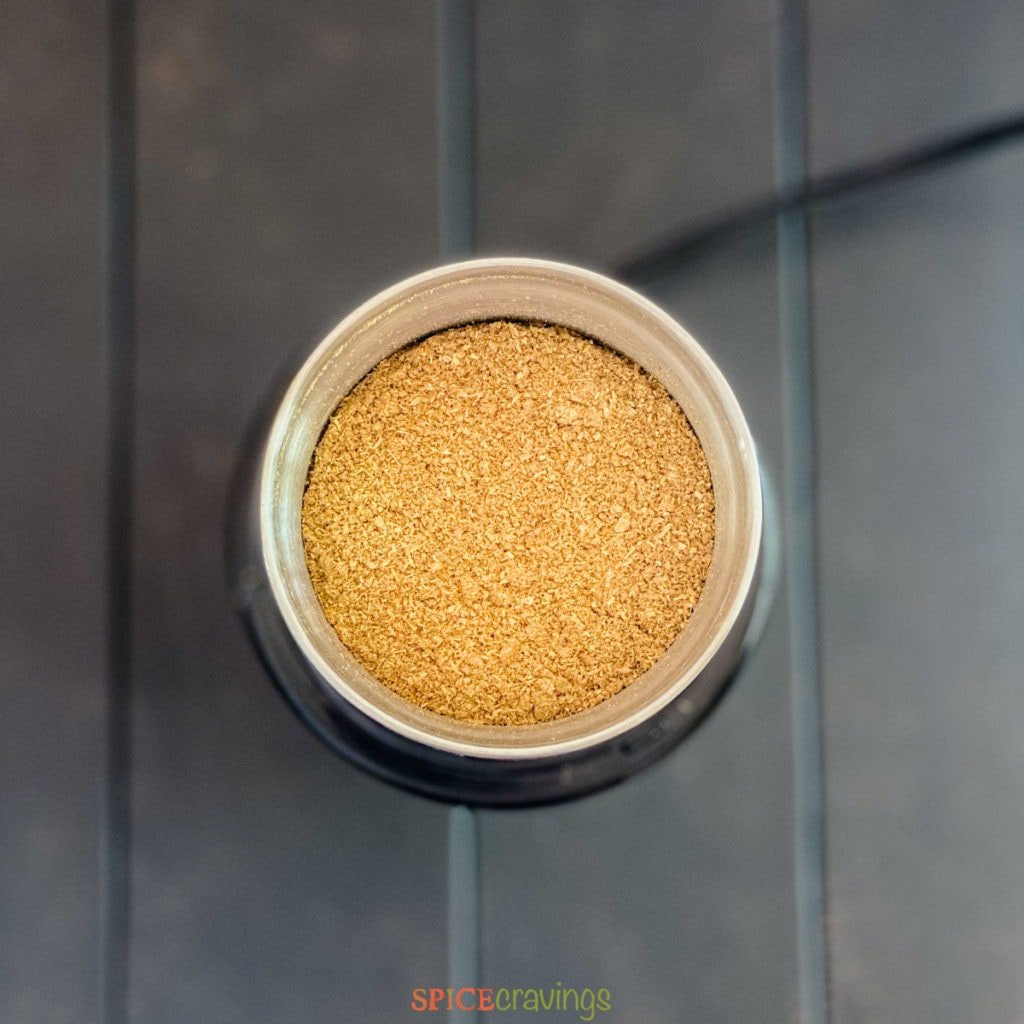
Don't own a spice grinder? The seeds are soft enough that you can grind them with a rolling pin. Simply place the cooled coriander seeds inside a plastic sandwich bag and roll over until ground.
Coriander Seeds - How to Use Them
Since whole coriander seeds have a tough texture to chew if left whole, the seeds are often used in recipes for pickling and brining. In a handful of recipes, you can gently crush them and use them to make the filling for samosa or paratha.
How to Use Coriander Powder - Recipes with Ground Coriander
Coriander powder adds a fresh pop of flavor to many spice blends, including garam masala, curry powder and taco seasoning. But it is also a widely used spice for meat, vegetables, rice, tacos, burritos and even desserts.
Here are some of my favorite recipes with ground coriander:
- Vegetable Biryani
- Indian Cauliflower Rice
- Black Bean Quesadillas
- Instant Pot Bean Burrito
- Lamb Korma
- Chicken Noodle Soup
- Paneer Butter Masala
- Chana Saag
- Palak Paneer
Cooking Tip: When converting whole seeds to ground, replace every 1 teaspoon whole seeds with ¾ teaspoon ground.
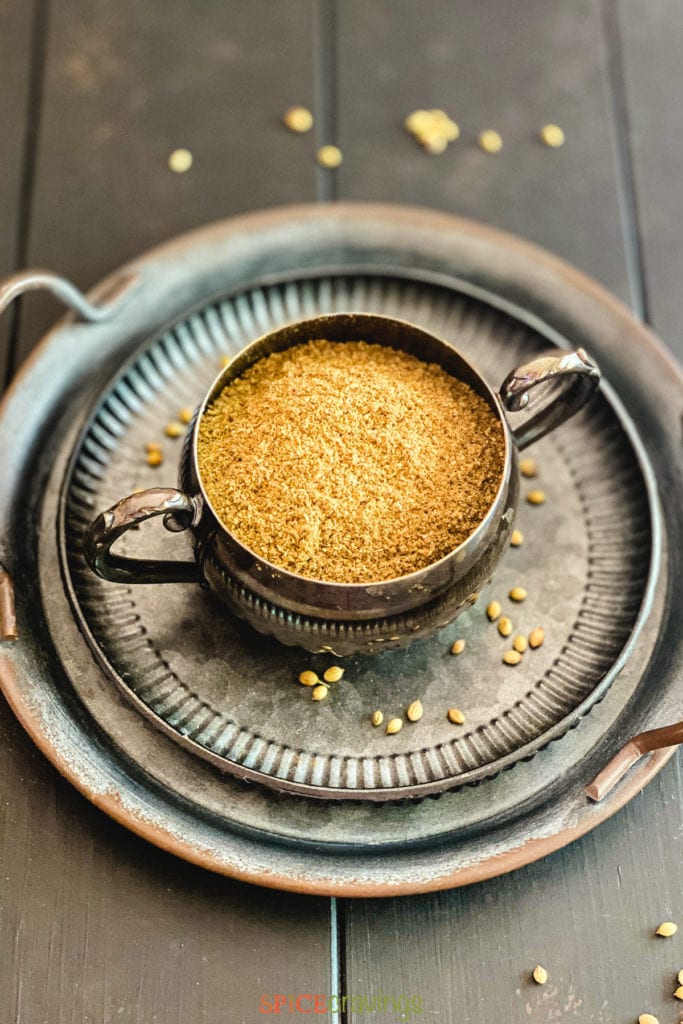
Where to Buy
Coriander, both the seeds and powder, can be found in the spice aisle of most supermarkets.
That being said, I find it is cheaper to buy coriander at specialty Indian, Middle Eastern, Mexican or Latin American markets. I usually find good deals in bulk from online sellers, too.
Coriander Substitute
If I ever run out of coriander powder in the middle of making a dish, I substitute it with the following options, depending on the cuisine:
- Cumin Powder: These two spices go hand-in-hand and are similar in flavor, so simply use a 1:1 ratio (Indian, Mexican, Middle-Eastern & Mediterranean).
- Garam Masala: Garam masala is a popular spice blend that includes coriander, along with additional warming spices. For every 1 teaspoon coriander, use ½ teaspoon garam masala (Indian & Ethiopian),
- Mexician Chili Powder: A slightly spicy spice blend with a wide array of chiles, for every 1 teaspoon coriander, use ½ teaspoon chili powder (Mexican & Latin Cuisine).
- Curry Powder: Curry powder is a like a mash-up of coriander and chili, along with other spices. For every 1 teaspoon coriander, use 1 teaspoon curry powder (Indian, Asian & Jamaican cuisine).
Substitute for Coriander Seeds: If you don't have ground coriander on hand, replace it with an equal amount of ground caraway seeds, cumin, fennel or a combination of all three.
Storage Tips
Store coriander in a cool, dark place (such as your spice cabinet) away from heat and light. This ensures the spice lasts longer. Alternatively, store whole coriander seeds in the freezer.
Whole coriander seeds are best used within a year, whereas ground coriander will last up to 6 months when stored correctly.
Coriander Tips & Notes:
- Quick sorting: Spread the coriander seeds in a large platter and using your fingers, look for small stones or dirt.
- Roast on medium heat: Coriander seeds contain oils that can cause it to burn quickly. Roasting on medium heat prevents the seeds from burning.
- Even cooking: Stir continuously to ensure even roasting of seeds.
- Cool completely: Always let the roasted coriander cool completely before grinding them. If ground prior to cooling, the steam and warm essential oils will cause the mixture to become gummy and reduce shelf life.
- Prolong shelf life: Store in a cool dark cabinet or drawer, away from stoves and other heat sources. This makes them last longer. Whole coriander seeds can also be stored in the freezer.
Frequently Asked Questions
Coriander powder is a popular ground spice used in many Indian curries, soups, stews, meat and vegetable dishes. It is also quite popular in taco seasonings, Mexican and Latin American recipes.
Although related, these two spices come from different plants and have a much different flavor profile. Coriander is floral and sweet whereas cumin is smokey and bitter.
Coriander is a versatile spice that can be used in whole form when pickling or brining or ground to use as a seasoning for curries, soups, stews and more. Coriander is often featured in many dessert recipes, too!
More Spice Blends on the Blog
★ Did you make this recipe? Please give it a star rating below! For more quick & easy recipes, FOLLOW ME on Facebook, Instagram, Pinterest and Youtube.
📖 Recipe
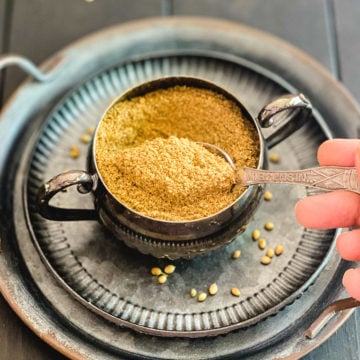
Coriander Powder (Ground Coriander)
Equipment
Ingredients
- 1 cup coriander seeds Jeera
Instructions
- Heat a heavy bottom pan on medium heat on the stove for 2 minutes. Add the coriander seeds and dry roast the seeds, stirring continuously, for about 5 minutes, or until they become fragrant and slightly darker in color.
- Turn off the heat and transfer the coriander seeds to a plate to stop the cooking process. Let it cool completely for about 20-30 minutes.
- Add cooled roasted coriander seeds to a coffee or spice grinder in batches. Pulse a few times, shaking the blender to prevent the powder from clumping. If needed, scrape the sides once in between.
- Continue to pulse until finely ground. Store in an airtight container in a cool dry place for up to 6 months.
Notes
- Quick sorting: Spread the coriander seeds in a large platter and using your fingers, look for small stones or dirt.
- Roast on medium heat: Coriander seeds contain oils that can cause it to burn quickly. Roasting on medium heat prevents the seeds from burning.
- Even cooking: Stir continuously to ensure even roasting of seeds.
- Cool completely: Always let the roasted coriander cool completely before grinding them. If ground prior to cooling, the steam and warm essential oils will cause the mixture to become gummy.
- Prolong shelf life: Store in a cool dark cabinet or drawer, away from stoves and other heat sources. This makes them last longer. Whole coriander seeds can also be stored in the freezer.


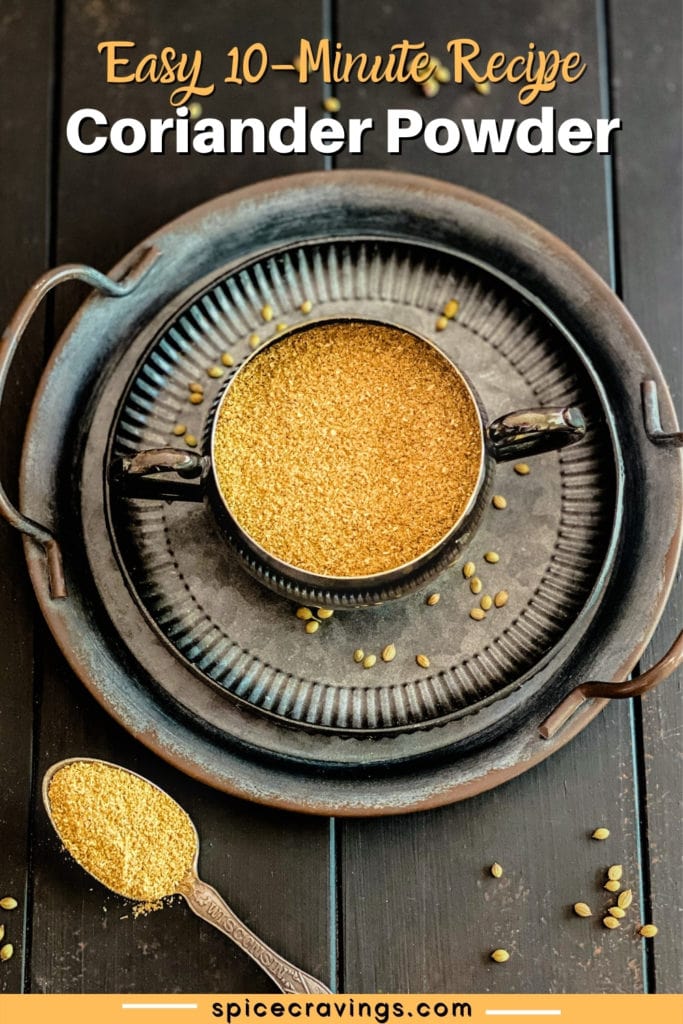
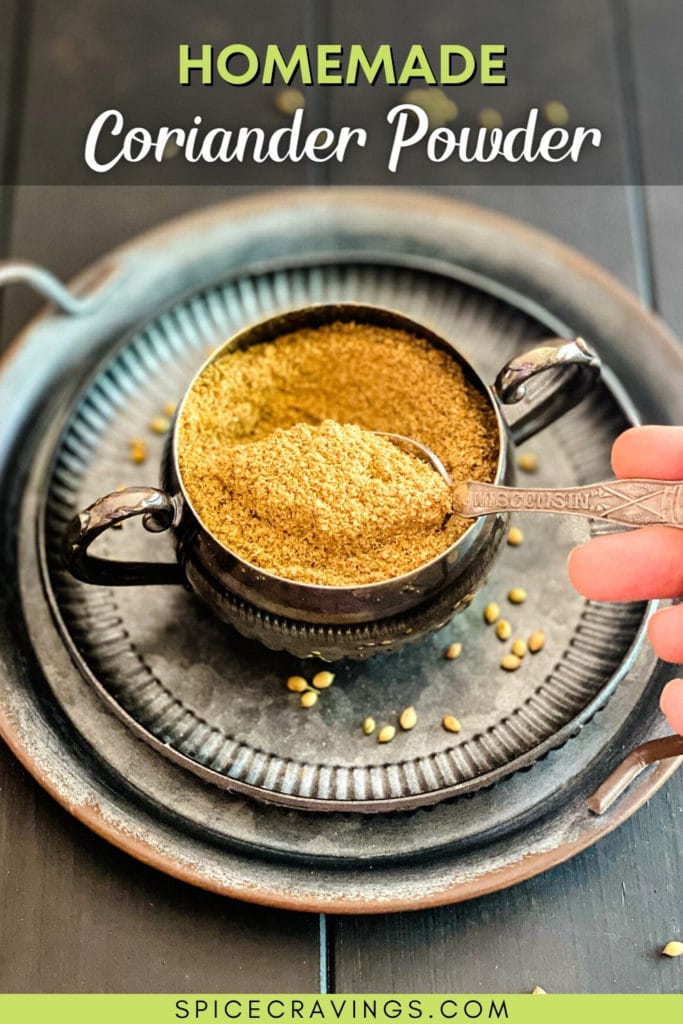
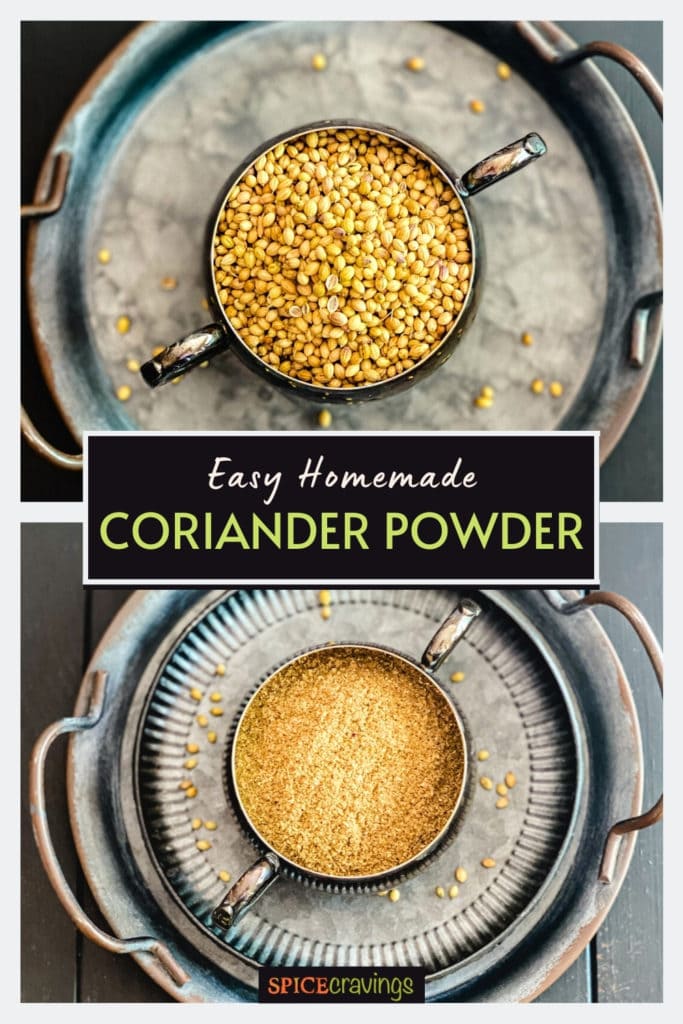
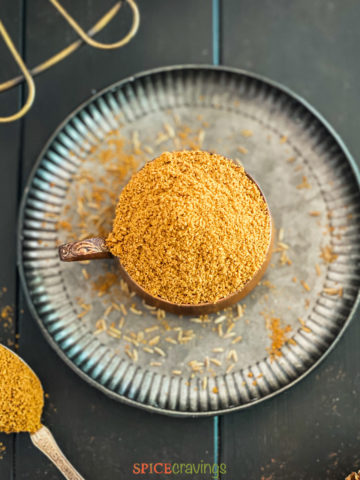
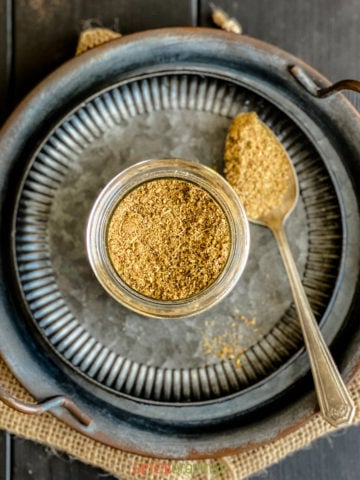
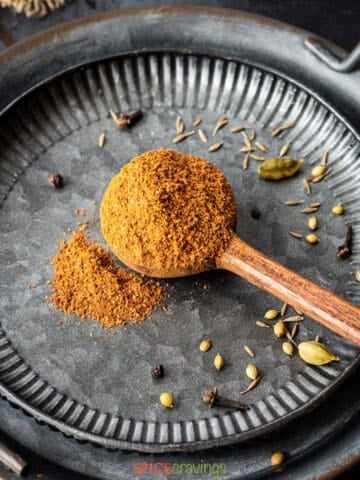
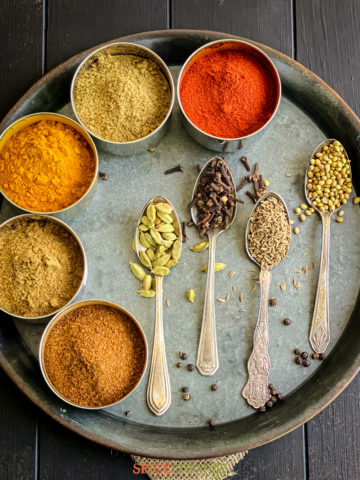
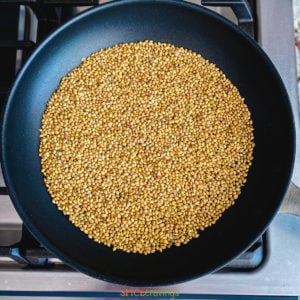
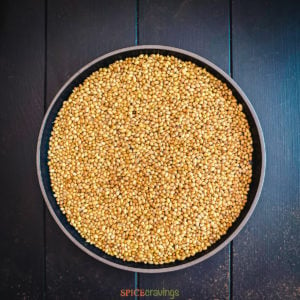
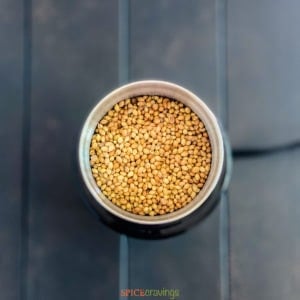
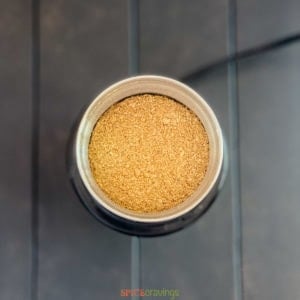
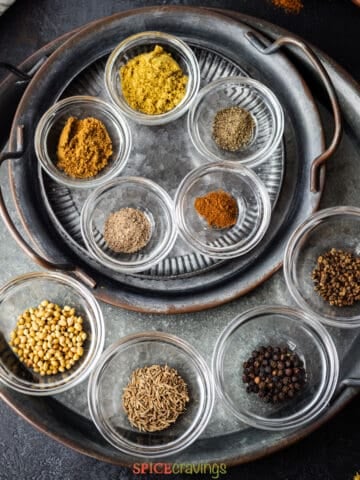
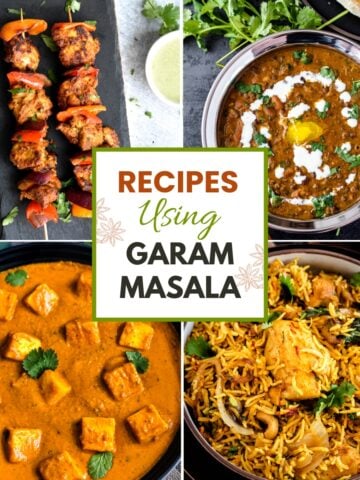
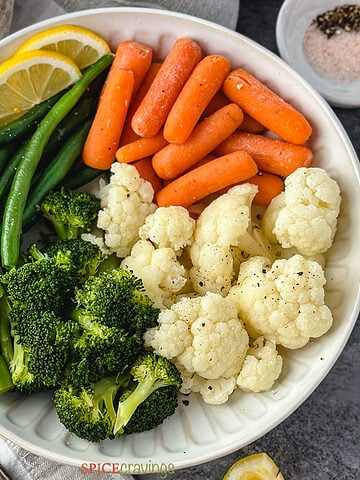
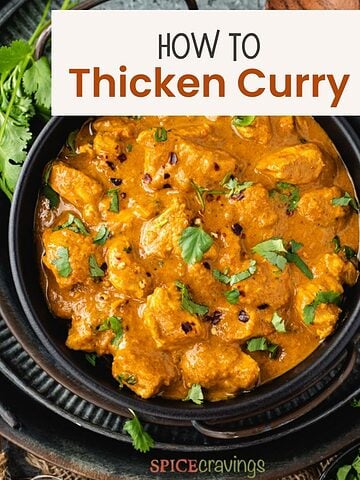

Ahsan khan says
Wow, what a fantastic guide on making coriander powder! The step-by-step instructions make it so easy to follow. I particularly appreciate the tip on grinding the seeds with a rolling pin if you don't have a spice grinder – ingenious!
Aneesha says
Thank you so much 🙏🏼
Andrews James says
Even in a crisis, if there is one person who would manage to deliver impeccable results each and every time, it would have to be you. Thanks for your hard work and dedication while being someone that everyone in the office can depend on.
Aneesha says
Thank you!
Alonna says
Hi Aneesha,
This is very helpful! If I buy ground coriander at an Indian grocery, is it already roasted? Also, when I make Indian food I don't see specifics as to whether to use toasted or untoasted powder. Do I understand that when you are cooking you typically used coriander powder that has been toasted? Sorry for all these questions. Thanks so much! Alonna
Aneesha says
Hi Alonna, thank you, I'm so glad you found it useful. Typically store-bought isn't roasted. Roasting brings out the flavor and more importantly, extends the shelf life of the spice. Since there isn't a significant flavor difference between raw and toasted, you can use either one if the recipe calls for coriander powder. Hope this helps!